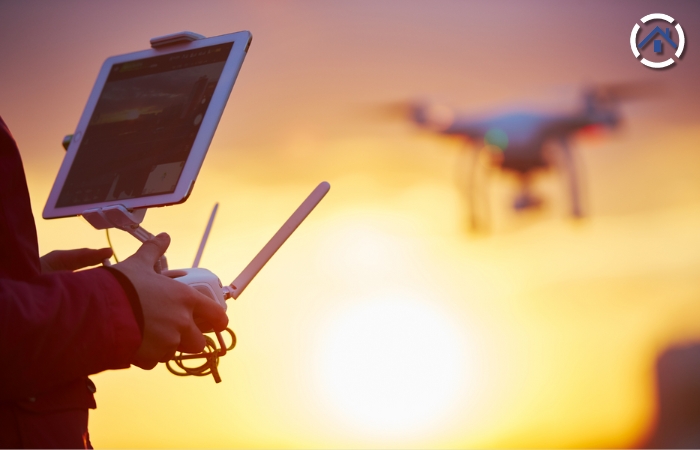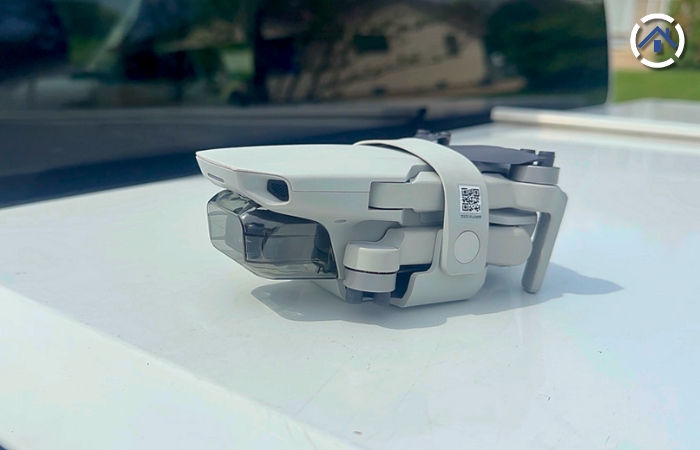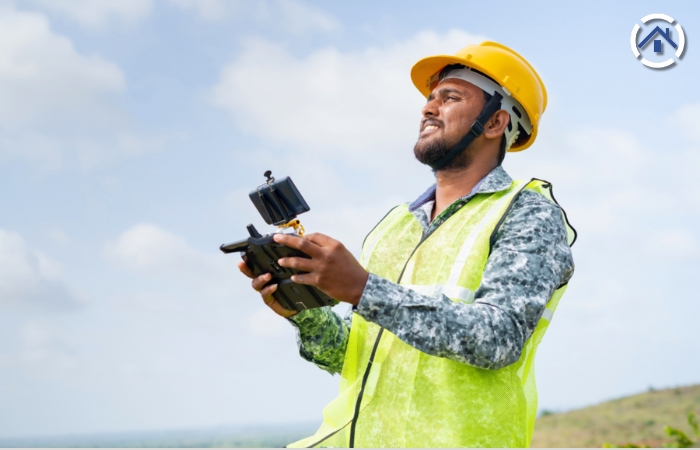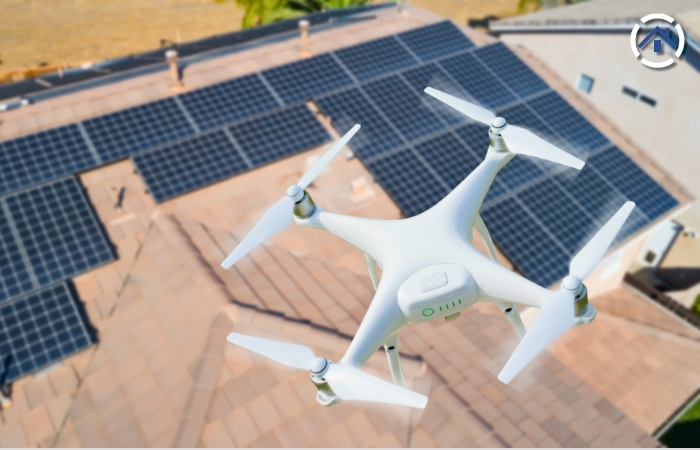
Roof inspections are critical to maintaining buildings' structural integrity and longevity. Traditionally, these inspections involve climbing ladders and navigating potentially hazardous roof surfaces, which can be time-consuming and dangerous. However, drone technology has revolutionized this process, offering numerous benefits that enhance safety, accessibility, and efficiency.
Let’s explore the benefits of drones in roof inspections and how they help transform the industry.

Here are some of the advantages that drone technology has provided to the roofing industry in terms of inspection:
One of the most significant advantages of using drones for roof inspections is the increased safety they provide.
Drones offer unparalleled access to all areas of a roof, including those that are difficult or impossible to reach through traditional methods.
Another notable benefit of drone technology is reduced equipment and resources required for roof inspections.

Knowing some rules is key to having successful drone flights and getting the most out of your drone for roof inspections. These rules include following the law, checking your drone before flying, planning your flight carefully, staying safe, keeping your data secure, and learning more about drones.
1. Regulatory Compliance: In Wisconsin, it's crucial to be aware of the rules and regulations governing the use of drones before using them for roof inspections. Make sure you have any necessary permits or licenses, and follow the airspace restrictions to fly your drone safely and in accordance with the law.
2. Weather Conditions: Check the weather forecast and avoid flying drones in bad weather, such as strong winds, heavy rain, or poor visibility. Flying in adverse conditions can be risky and affect the quality of the data collected.
3. Pre-Flight Checks: Before each flight, thoroughly check your drone to ensure it's in good working condition. Inspect the battery, propellers, and sensors, and make sure you have a strong GPS signal for reliable navigation.
4. Flight Planning: Plan your flight paths carefully, considering the roof's size and layout and any obstacles or hazards nearby. Choose safe takeoff and landing spots and always maintain a safe distance from buildings, people, and other aircraft.
5. Safety Protocols: Follow safety protocols to minimize the risk of accidents during drone operations. Keep visual contact with the drone at all times, and have someone to help you navigate and watch out for potential hazards.
6. Data Security: Protect the data collected during drone inspections using secure transmission and storage methods. Encrypt your data, limit access to authorized personnel only, and follow best practices to prevent unauthorized use or disclosure.
7. Privacy Considerations: Respect people's privacy rights by getting permission before flying drones over private property. Avoid capturing images or videos of individuals without their consent, and comply with privacy laws to protect people's privacy.
8. Emergency Procedures: Be prepared for emergencies and have plans to handle unexpected situations like equipment malfunctions or signal loss. Know how to land your drone and respond to emergencies safely.
9. Documentation and Reporting: Keep thorough records of your drone operations, including flight logs and inspection data. Prepare detailed inspection reports documenting your findings and any actions needed.
10. Continuous Training and Education: Stay up-to-date with the latest drone technology and regulations developments through ongoing training and education. Keep improving your skills and knowledge to ensure safe and effective drone operations.

Integrating drone technology into roof inspections offers numerous benefits for roofing professionals, ranging from enhanced safety and improved accessibility to streamlined equipment requirements. By harnessing the capabilities of drones, inspectors can perform comprehensive and detailed inspections while reducing risks and saving costs. As drone technology continues to evolve, its potential applications in roof inspections are poised to expand, revolutionizing this critical aspect of building maintenance.
By embracing drone technology, roofing professionals can enhance the safety and efficiency of roof inspections, paving the way for innovative building management and maintenance approaches.